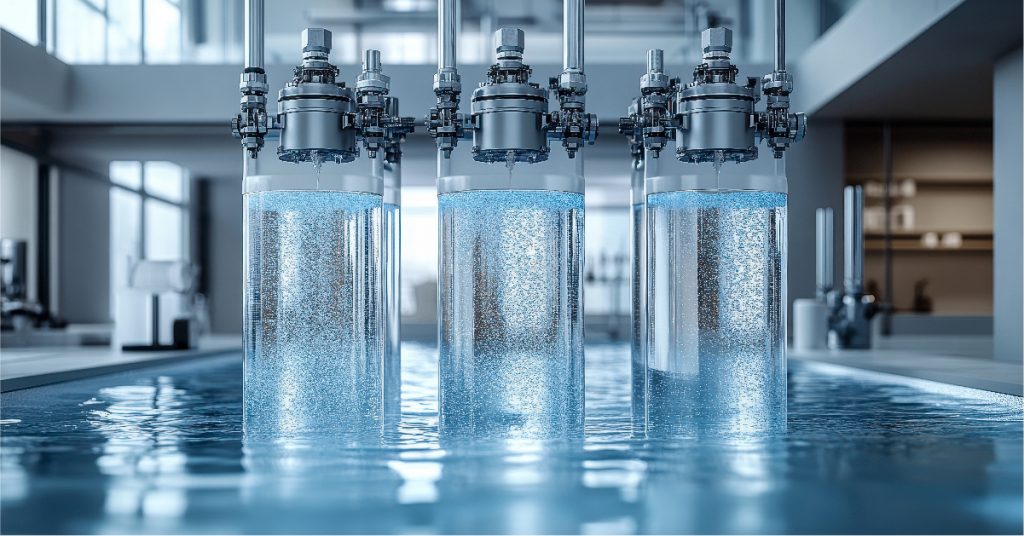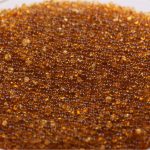Ensuring access to safe and clean water has become one of the most pressing global challenges. With rising industrialization, population growth, and environmental pressures, the demand for advanced water treatment solutions is greater than ever. Among the most innovative technologies making a difference today is the ultrafiltration membrane, a breakthrough in achieving next-level water purity across residential, industrial, and municipal applications.
Table of Contents
ToggleWhat is an Ultra Filtration Membrane?
An ultrafiltration membrane is a type of semi-permeable barrier designed to remove suspended solids, bacteria, viruses, and macromolecules from water. Unlike simple filters, these membranes operate under pressure, allowing only water and very small dissolved particles to pass through. They typically have pore sizes ranging from 0.01 to 0.1 microns, making them effective for removing contaminants that ordinary filters cannot handle.
This technology is widely used in drinking water treatment, wastewater recycling, food and beverage industries, and pharmaceutical applications where high purity standards are critical.
How Ultra Filtration Membranes Work?
The process involves passing water through a thin membrane under pressure. Contaminants larger than the membrane’s pores are trapped, while clean water passes through. The ultrafiltration membrane acts as a physical barrier, meaning it does not rely on chemicals to treat water, making it environmentally friendly.
Key features include:
- High Removal Efficiency – Eliminates bacteria, viruses, colloids, and organic matter.
- Low Chemical Use – Requires fewer chemical disinfectants compared to traditional methods.
- Consistent Performance – Provides uniform quality output regardless of input water conditions.
Advantages of Ultra Filtration Membrane Technology
- Superior Water Quality
Ultrafiltration ensures exceptionally clear and safe water, free from harmful pathogens and suspended particles. - Energy Efficiency
Operating at lower pressures compared to reverse osmosis systems, ultrafiltration saves energy while maintaining high performance. - Compact and Flexible Design
Systems using ultrafiltration membranes are compact, making them easy to integrate into existing treatment setups or deploy in space-limited facilities. - Versatile Applications
From producing drinking water to treating industrial wastewater, the technology adapts to various needs. - Eco-Friendly Solution
Reduced reliance on chemicals makes it more sustainable and safer for the environment.
Applications Across Sectors
The ultrafiltration membrane has proven its value across a wide range of industries and communities:
- Municipal Water Treatment – Ensures safe, pathogen-free water for public supply systems.
- Industrial Operations – Used in textiles, food processing, and pharmaceuticals to meet stringent water purity requirements.
- Healthcare – Provides ultra-pure water for hospitals and laboratories.
- Wastewater Recycling – Converts treated wastewater into reusable water for irrigation, cooling towers, and industrial processes.
- Residential Use – Increasingly incorporated into home purification systems to provide safe drinking water.
Ion Exchange’s Role in Advancing Ultrafiltration Globally
Ion Exchange, a global leader in water treatment solutions, plays a pivotal role in advancing ultrafiltration technology in municipal water and wastewater recycling programs. Their expertise in designing and implementing ultrafiltration systems has helped enhance the efficiency of worldwide’s water treatment infrastructure. By integrating advanced ultrafiltration membranes, Ion Exchange ensures that water is treated to the highest standards, supporting the specific requirements of the application, whether it’s for residential, commercial, or industrial use.
HYDRAMEM: Ultrafiltration Membrane
It is a tangential flow, a pressure-driven process that effectively filters particles based on their molecular size. With pore diameters ranging from 10 to 200 Å (0.001 to 0.02 microns), ultrafiltration membranes allow solvents and smaller species to pass through, resulting in a purified ultrafiltrate known as permeate, while larger particles are retained and concentrated. These membranes are reusable and can be cleaned with standard chemicals, making them highly efficient for continuous use. Ultrafiltration in process water treatment ensures the removal of nearly all particulate matter, suspended solids, bacteria, viruses, pyrogens, and colloidal materials, including non-reactive silica, iron, aluminum, and high molecular weight organics, making it essential for pharmaceutical and industrial applications.
The Future of Ultra Filtration in Water Treatment
As water scarcity intensifies worldwide, technologies like ultrafiltration membranes will play a central role in bridging the gap between demand and supply. Continuous innovation is making these systems more affordable, durable, and efficient. With smart monitoring and automated cleaning features, the next generation of ultra-filtration systems will further improve sustainability and ease of operation.
Conclusion
The ultrafiltration membrane is more than just a filter—it represents a next-level water purification technology that ensures safe, reliable, and sustainable water for diverse applications. By offering high performance, energy efficiency, and environmental benefits, it is fast becoming a cornerstone of modern water treatment solutions.







